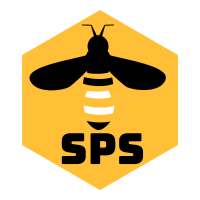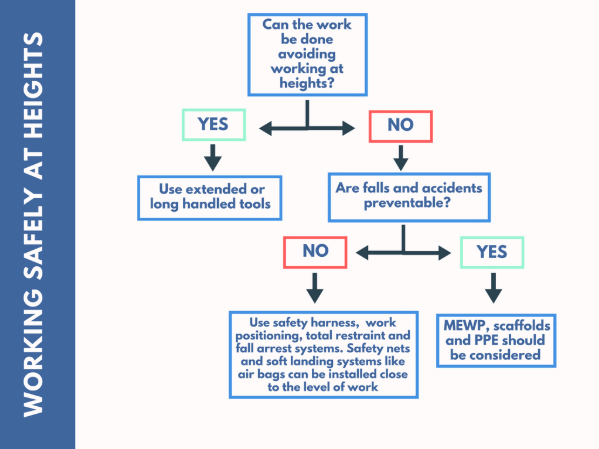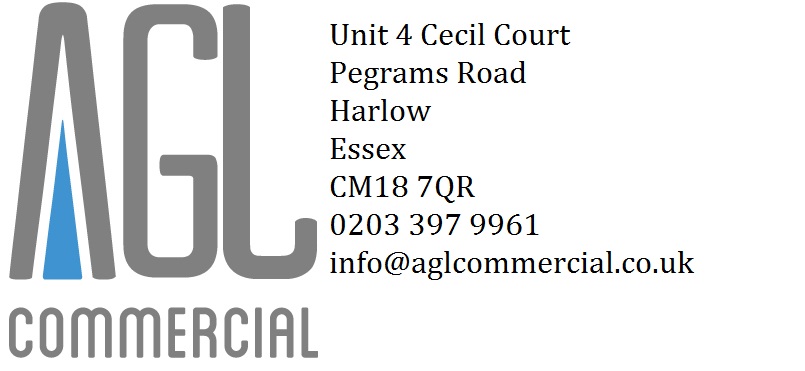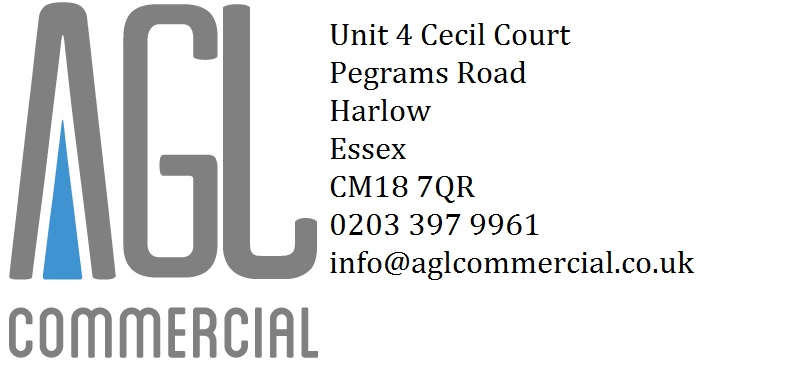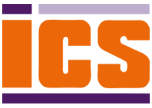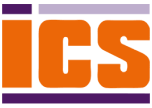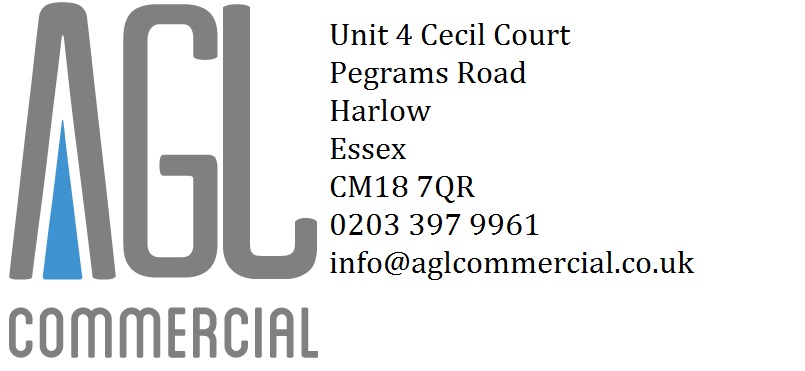Title Page
-
Client / Site
-
Conducted on
-
Prepared by
What is Working At Height?
-
Do you know what working at height is?
-
If so explain, If not I will tell you
Employees Responsibilities
-
Employees Responsibilities:
Report any safety hazard to your supervisor.
Use the equipment supplied (including safety devices) as intended.
Follow any training and instructions (unless you believe that would be unsafe, highlight to your employer before continuing).
Hazards resulting from adverse weather conditions must be anticipated, and suitable precautions taken.
Too much material on a working platform decreases access and egress, don't allow rubbish to accumulate.
Employers Responsibilities
-
Your Employers Responsibilities Are To Ensure:
If you can fall more than 2 metres, guard-rails and toe-boards must be erected.
All work at height is properly planned and organised.
Takes account of weather conditions that could endanger health and safety.
Those involved in work at height are trained and competent.
The place where work at height is done is safe.
Equipment for work at height is appropriately inspected.
The risks from fragile surfaces are properly controlled.
The risks from falling objects are properly controlled.
Planning Work
-
When Planning Work at Height:<br> Check that the work has to be done at height, and if so is it safe to do so.<br> Ensure that the work is planned, supervised, and carried out in as safe a way as possible.<br> Plan for emergencies and rescue.<br> Take account of the risk assessments carried out.<br> Where they cannot eliminate the risk of a fall, use work equipment or other measures to minimize the distance and consequences of a fall eg: nets, bags etc.<br> Use work/safety equipment and control measures to prevent falls where work-ing at height can’t be avoided<br> Avoid work at height where possible
List Hazards on Site
-
Details
Working at Heights Discussion
-
Hazards
1. Wet and uneven surfaces
2. Faulty equipment (harness, fall protection gears)
3. Weather conditions
4. Insufficient training
5. Improper footwear used
Working at Heights Planning
It is best to avoid working at heights unless necessary. Encourage your workers to use extended or long handled tools for hard to reach locations. If the work requires working at heights, first determine if falls and accidents are preventable. If so, proper equipment (i.e. Mobile Elevated Work Platforms, scaffolds, ladders, PPE) should be used and inspected at all times. If falls and accidents are not preventable or at risk of occurring then safety harnesses and fall protection landing gear should be installed.
General Safety Tips
1. Avoid working at heights when possible
2. Use an existing safe place of work
3. Minimize fall distance and consequences by using the right type of equipment
4. Select quality PPE which is regularly inspected
5. Always use the rails and fall protection barriers
6. Be mindful of the fall distance. Never overload and overreach
7. Determine the best anchor point to support you
8. Select the correct gear when working at heights (scaffold, lift, ladder)
9. Consider emergency and rescue procedures
10.Train your team to be safety conscious -
This flow diagram can be used to determine the appropriate safety measures to use when working at heights. It also provides recommendations on the type of fall protection equipment and systems to use if fall hazards are uncontrollable.
Follow Up Questions
-
Do all employees fully understand hazards and the preventive measures before working at heights?
-
Are all equipment (ladders, scaffolds, safety harness, etc.) free from damages?
-
Are there any incidents and physical injuries which involved working at heights?
-
Does anyone experience any concurrent health conditions which need to be addressed immediately?
-
Are there any other concerns?
Attendees
- Name
-
Add signature
